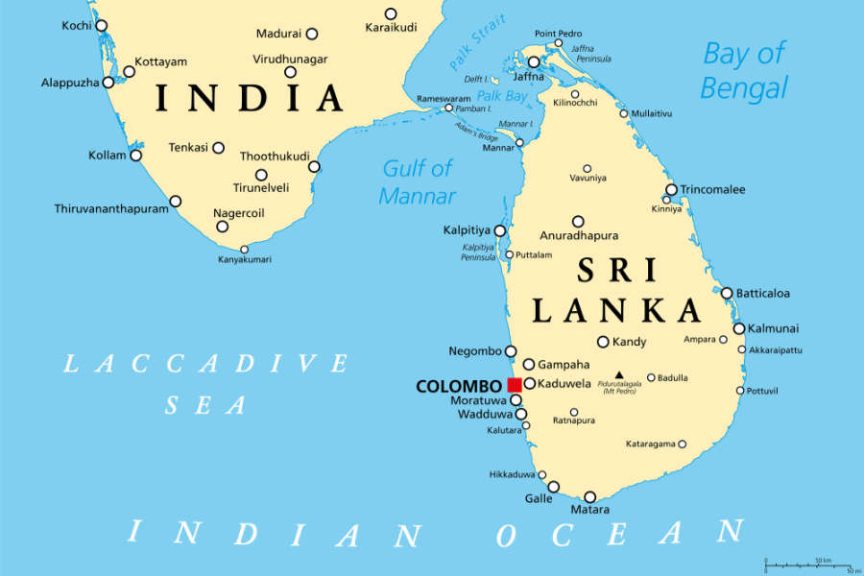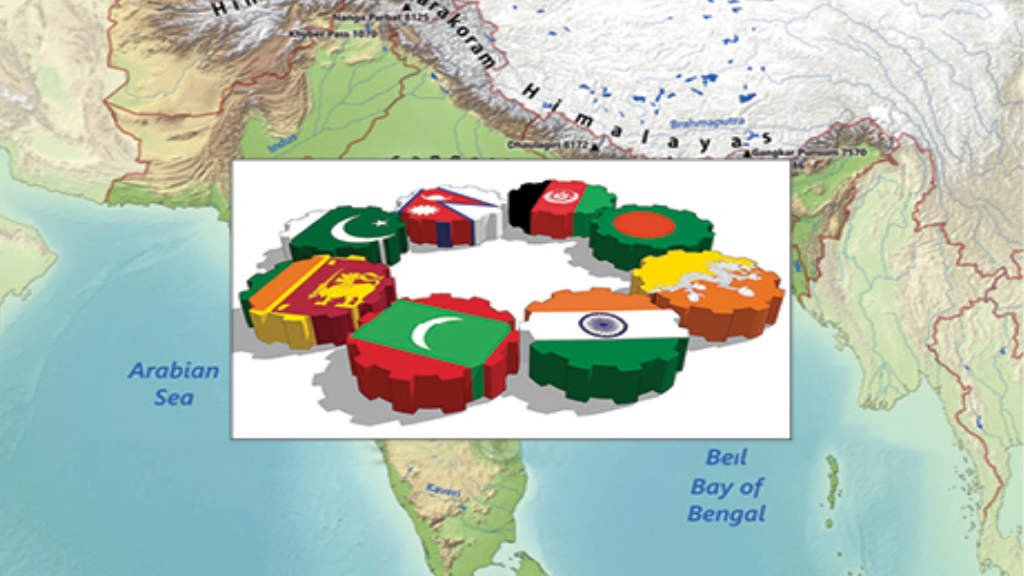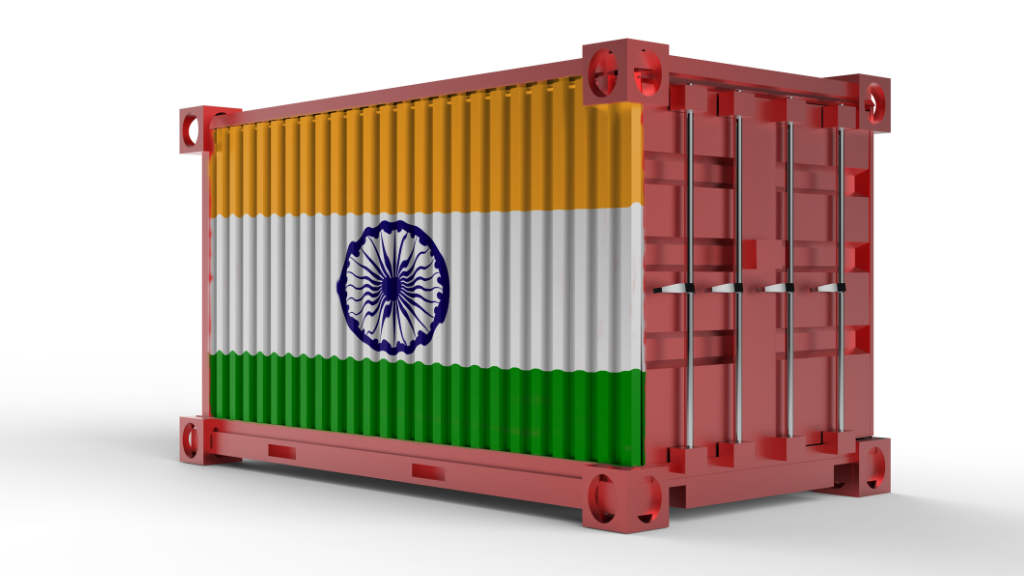The bilateral trade turnover of agricultural products between Russia and Sri Lanka grew 2.4-fold to reach US$343.7 million in 2024, Russia’s Agroexport federal centre has said. While relatively small, the results show an improvement in the Sri Lanka economy, with the country defaulting on its foreign debts in 2023. Russia has provided some aid assistance. Colombo has now partially restructured its debt and is able to resume normal trading patterns.
Bilateral trade growth rates have significantly increased, with bilateral trade being just US$142.6 million in 2023. Imports from Russia that year rose 2.1-fold to US$13.4 million, while exports from Sri Lanka grew 1.2% to US$129.2 million. Russia primarily exported coriander seeds (51.9%), peas (31.5%) and sunflower oil (10.9%) to Sri Lanka. Coriander exports rose 2.5-fold and peas grew 2.1-fold. However, Russian flour shipments declined.
In 2024, Russian exports surged 14.9-fold to US$199.2 million mainly due to the resumption of wheat supplies. Sri Lanka mainly exports tea to Russia, which accounted for nearly 94% of its exports in 2023. The top three exported products also included frozen fish (1.6%) and coconut oil (0.8%).

Analysts estimate Russia’s annual agricultural export potential to Sri Lanka as capable of reaching US$200 million, with Russia export prospects primarily tied to wheat. There are also opportunities for exporting confectionery products (mainly chocolate and baked goods), wheat or wheat-rye flour, and milk and cream. Sri Lanka has also become a favoured destination for Russian tourists and digital nomads.
Further Reading





